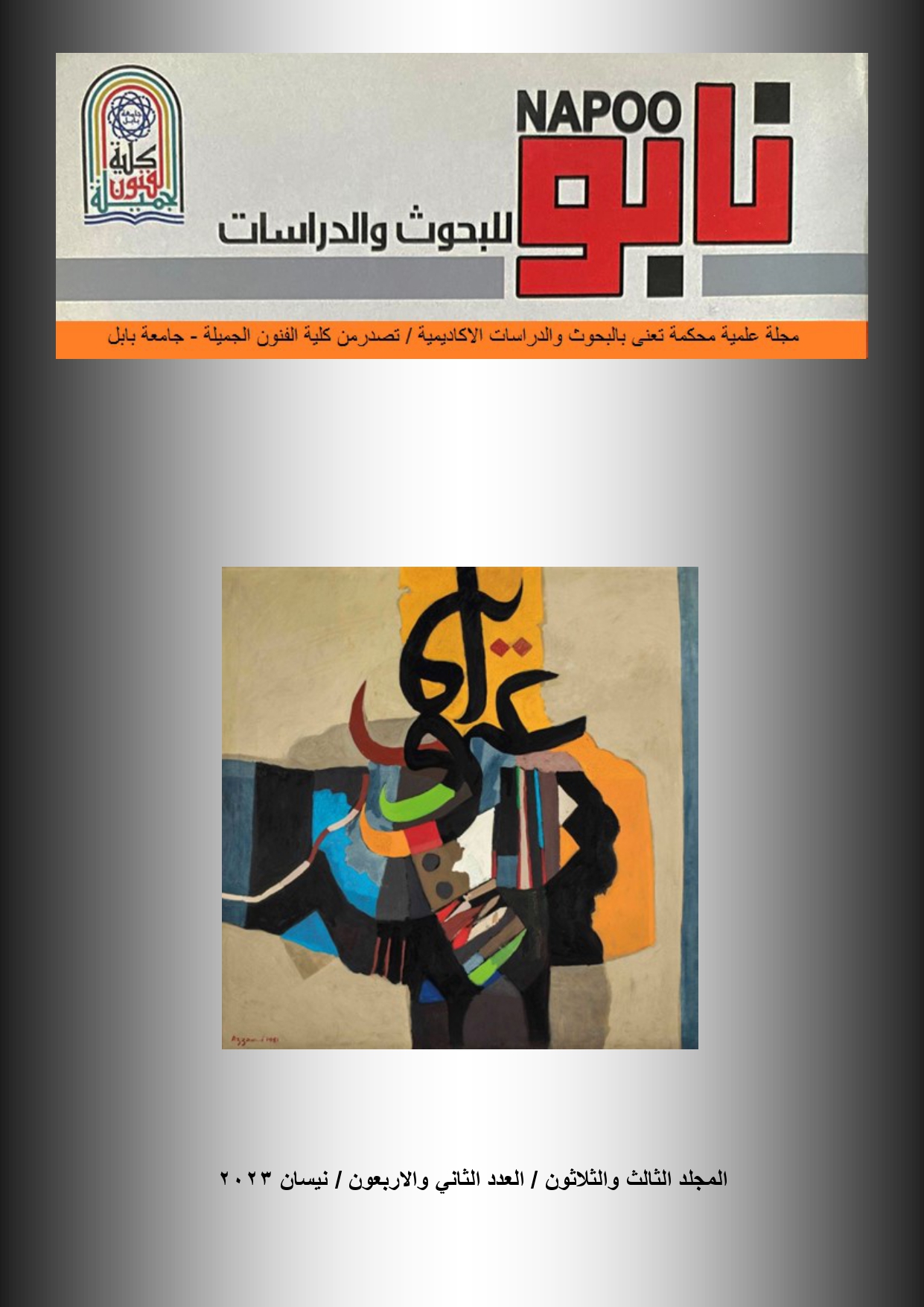Employing ritual scenes of the Maasai tribe and the African Dogon in contemporary ceramic models (an applied study)
Abstract
The abstract
The current research included four chapters. In the first chapter, it dealt with the research problem, its importance, and the need for it. The researcher defined the limits of the research with the ritual scenes of the Maasai and Dogon tribes. Then came the definition of the research terms, which included the definition of employment and vocabulary. The second chapter dealt with the theoretical framework, which consists of two chapters. The first is African art and what is art The African and the second topic is the Dogon tribe and the Maasai tribe. As for the third chapter, it included the research procedures, which are the research community, the research sample, and the sample analysis of the researcher’s work, which numbered 4 works. As for the fourth chapter, it included the results, including (diversity in the mechanisms of display, so we see a diversity in ceramic vocabulary, including geometric shapes In the sample (3), including dolls, as in the sample (1), including a ceramic form, as in the sample (4)) and the conclusions, including (taking advantage of the diversity obtained in the African word, which gave a clear difference in all samples) and then the recommendations, including (using clay with resistance to heat directly in the production of African ceramic works) and finally the proposals, including (the employment of the single African motifs in contemporary ceramic work)
Keywords: Maasai and Dogon tribe, African art, ritual scenes




